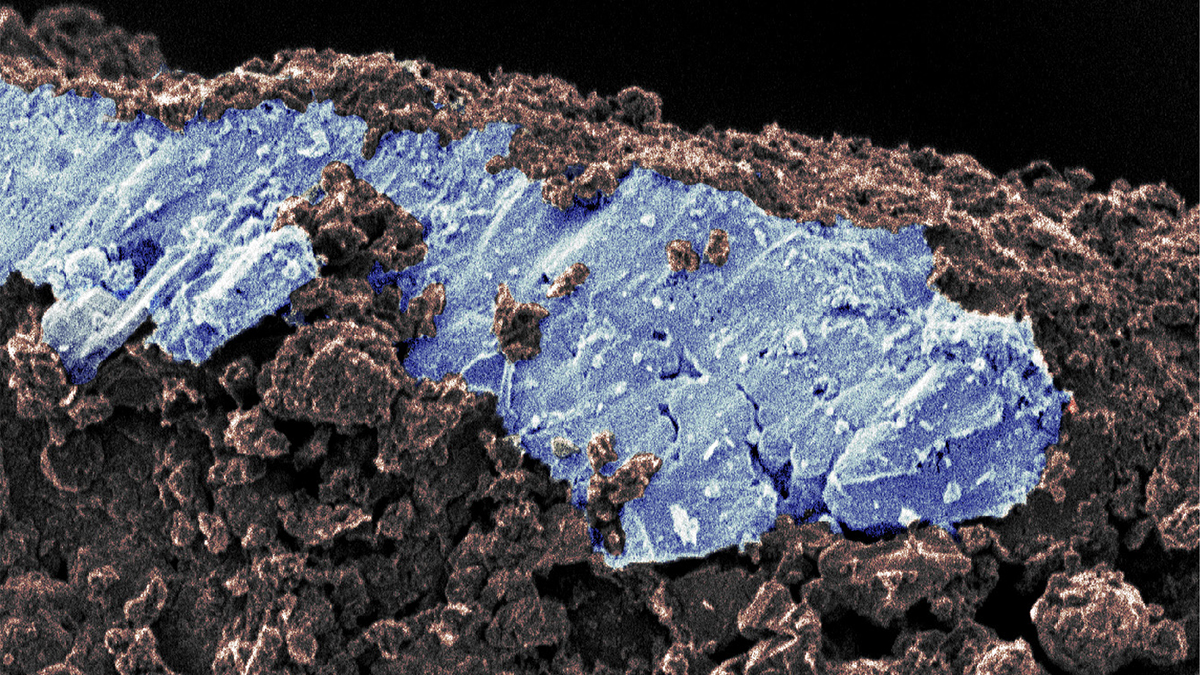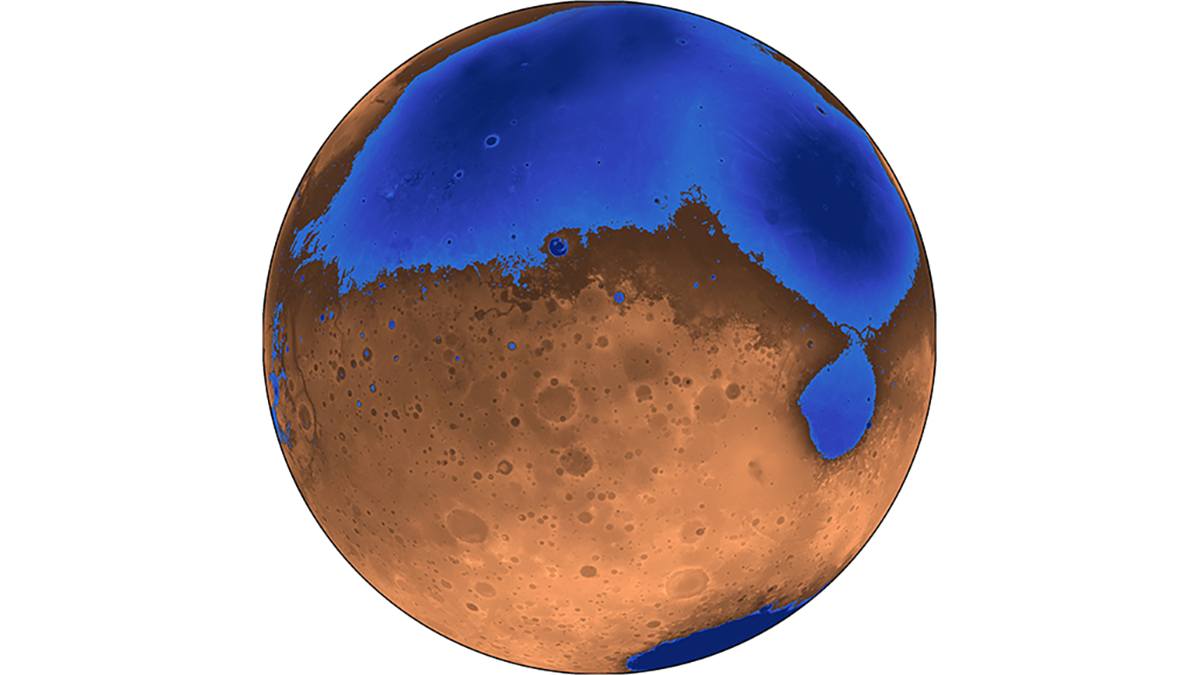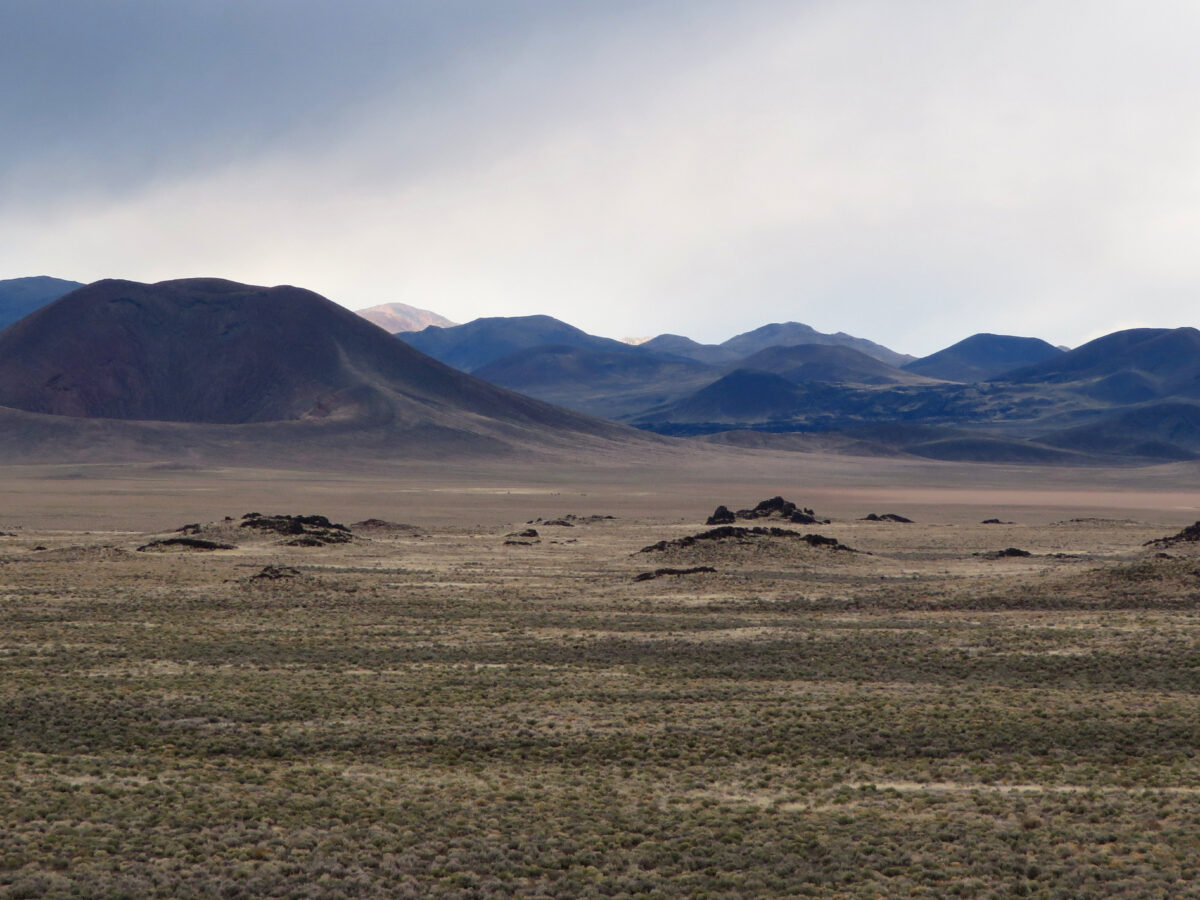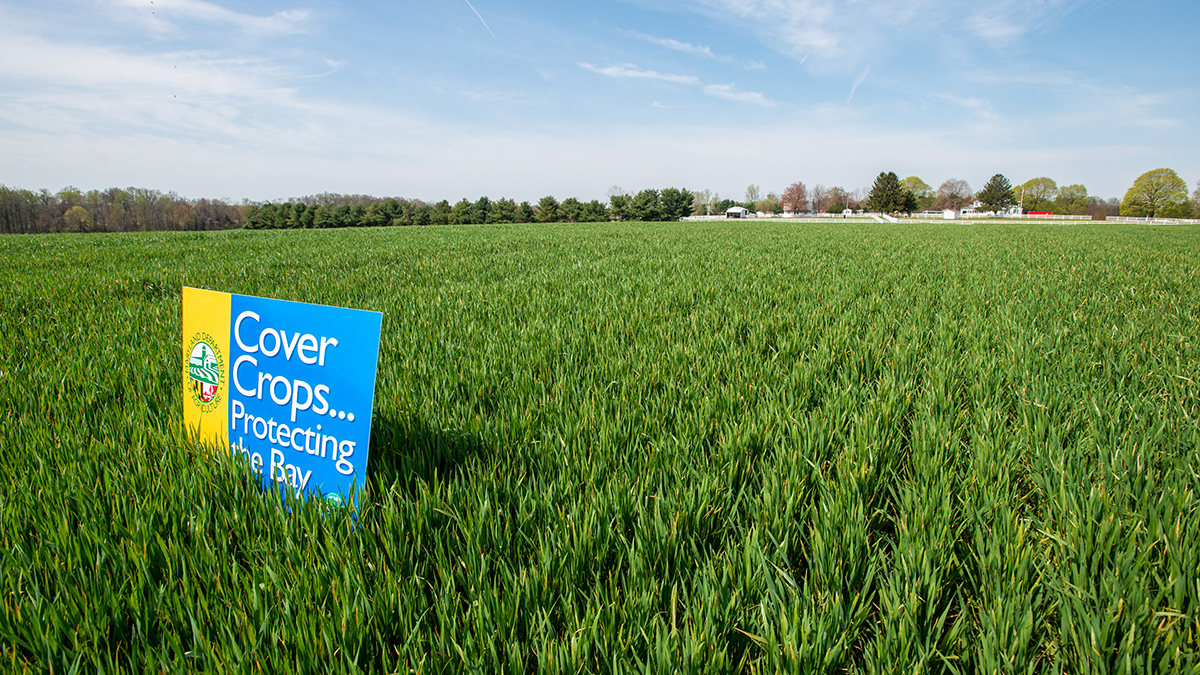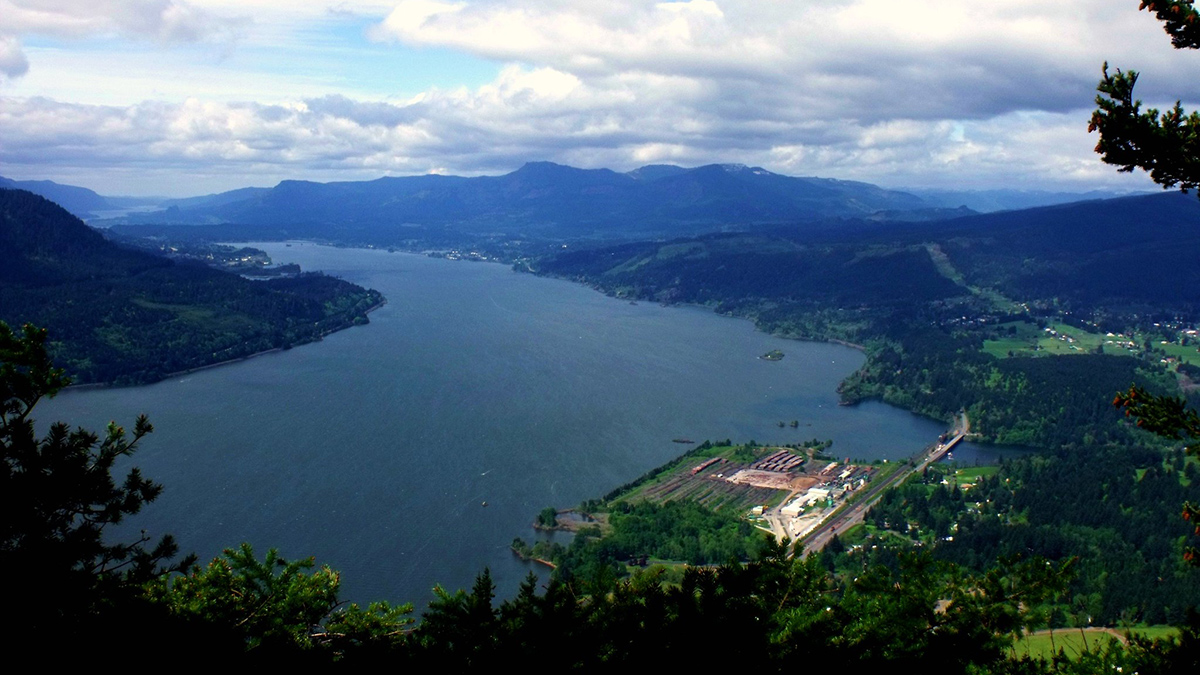The discovery of salty mineral evaporites on Ryugu indicates that watery environments may have been widespread in the early solar system.
water
Buried Sediments Point to an Ancient Ocean on Mars
Ground-penetrating radar data collected by the Zhurong rover reveal gently sloping sediments in Mars’s northern lowlands that hint at a shoreline.
Water Stored in the Mantle for Millions of Years May Be Linked to Continental Volcanism
New research shows that intraplate volcanism is more likely to occur over areas of the mantle that are more hydrated—particularly those that have been hydrated for a long, long time.
Trust in Evanston Tap Water Depends on Gender, Race, and Past Experiences
Residents of the relatively high income Illinois city share why they trust the water in their taps—and others share why they stay away.
EPA Moves to Rewrite Water Rules Following Sackett Decision
EPA administrator Lee Zeldin announced today that the agency would kick off a review of EPA rules and redefine “waters of the United States” to ensure that the agency aligns with the 2023 Supreme Court decision Sackett v. Environmental Protection Agency (EPA), which limited the implementation of the Clean Water Act.
Megadroughts Have Grown in Size and Scope
A new study maps and ranks the largest, longest-lasting, and most severe multiyear droughts from 1980 to 2018.
Human Activities Might Create Temporary Atmospheres on the Moon
Outgassing could pose problems for long-term habitation of the Moon, including health hazards for astronauts, hindrances for electronics, and hampered scientific study.
Cover Cropping May Not Be Cash Crop Panacea
Intended to improve soil health, these crops are also associated with moisture depletion at shallow depths, which significantly impacts cash crop yields in arid regions.
Martian Meteorite Points to Ancient Hydrothermal Activity
The Red Planet had water—in the form of a hydrothermal system—4.45 billion years ago, new analyses of a Martian meteorite suggest.
New Insight into Inland Water Carbon Dioxide Emissions
A process-based modeling technique reveals surprising information about carbon emissions from rivers, lakes, and reservoirs across the contiguous United States.

